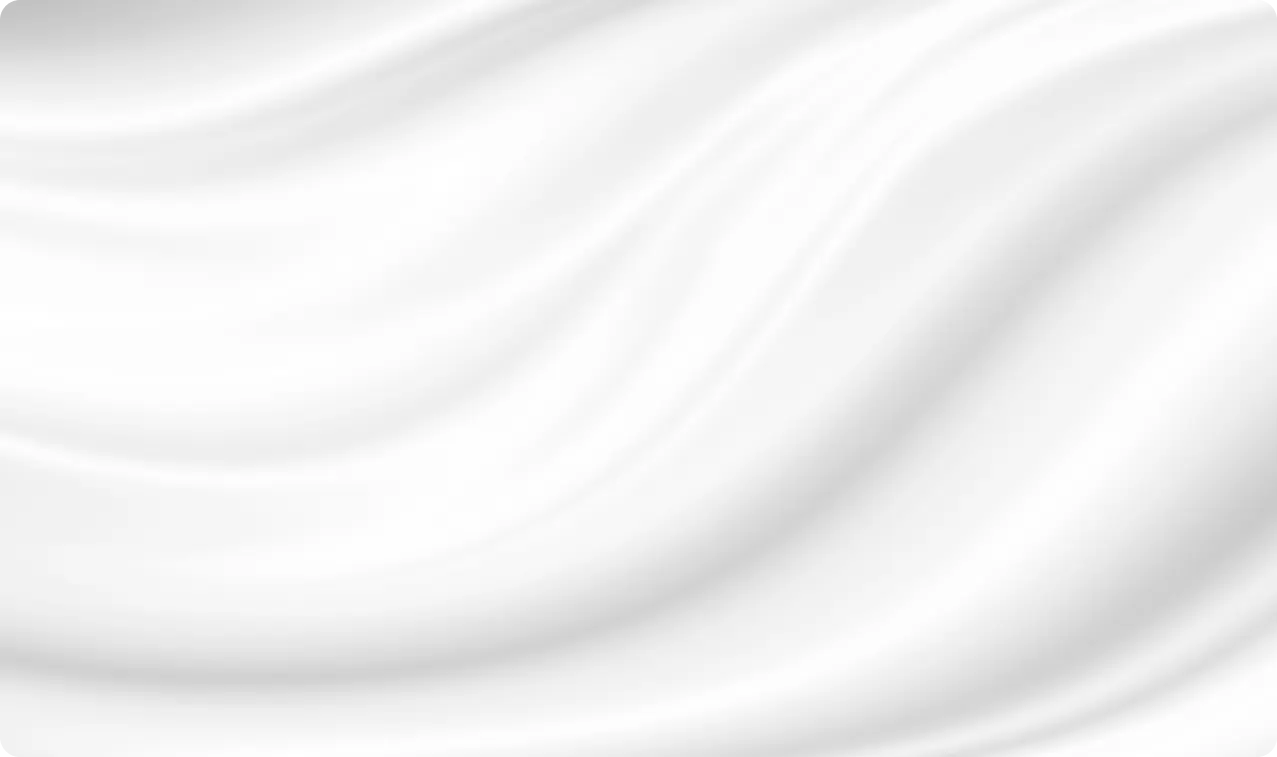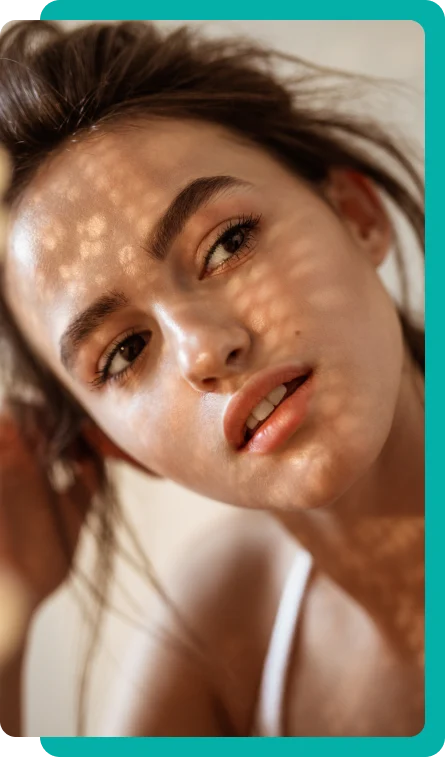For Patients
About
For Providers
Locations
Blog
Contact
Menu
Cheek fillers are popular non-surgical treatments that can add volume to the midface and give the appearance of lifted, sculpted cheekbones.
While the results can be beautiful, proper aftercare for cheek fillers is crucial. The skin around injection sites needs time to heal so the filler material can settle into position. Applying makeup too soon carries risks of infection, bumps, swelling, and other complications.
The skin around filler injection sites is vulnerable and needs time to close up after injections. Putting makeup products near unhealed or open pores introduces bacteria and raises the chances of complications like redness, itching, and infection.
Most cosmetic surgeons recommend avoiding all makeup for at least 24 hours after cheek filler injections. This gives time for the microscopic needle holes to completely close. Wearing makeup within the first 24 hours is considered high-risk.
For some filler formulas and injection techniques, waiting 48 hours is ideal. Ask your provider about their specific recommendation based on the type of filler used and your individual healing process. If there is any residual swelling, tenderness, redness or bruising at the injection sites, hold off on applying makeup for a full week.
During your cheek filler consultation, be sure to mention any events or activities you have planned within 2 weeks after the appointment. Your provider can advise you on expected downtime and recovery based on your treatment plan.

Bruising is a common side effect from the needle piercing blood vessels under the skin during the injection process. Too much pressure or ice on bruised areas can disrupt the filler placement before it stabilizes.
Let your provider look at the bruising at your follow-up appointment to determine if it’s cleared up enough for makeup use. Putting makeup over bruising too soon may exacerbate or prolong the discoloration. Gentle cleansing and moisturizer are all that’s needed when bruising is present.
The amount of time it takes for bruising to clear up enough can vary significantly depending on the extent of the bruising.
If moderate bruising is present around the injection sites or cheeks, wait at least 5-7 days before applying any makeup. Severe bruising requires holding off on makeup for 10 days or longer in some cases. Even mineral makeup or light powder can migrate into the bruised skin and change color over time.
Here are some general guidelines:
| Bruising Severity | Appearance | Timeline for Clearing |
| Mild Bruising | Minimal discoloration, light or faint bruise marks | Approximately 5-7 days for the bruising to fade enough for makeup use. |
| Moderate Bruising | Noticeable discoloration, dark bruise marks, may be localized swelling | About 7-14 days before makeup application should be attempted. |
| Severe or Deep Bruising | Extensive dark or purple discoloration, swollen and tender tissue, may spread beyond injection sites | Can take 2 weeks or longer to fully clear. Makeup should not be applied until all visible bruising and discoloration has resolved. |
There are a few key factors that can affect the severity of bruising after cheek filler injections:
To reduce bruising risk, follow your provider’s pre and post-treatment instructions closely, including avoiding blood thinners near injection appointments. Applying ice also helps constrict blood flow immediately after fillers. Despite best efforts, however, some patients simply experience more pronounced bruising than others.
Once your practitioner has cleared you to start wearing makeup again, there are steps you can take to keep the application process gentle on recently treated areas:
Bacteria on old makeup brushes could lead to infection when applied near cheek filler injection sites. Use new or freshly sanitized brushes for all facial makeup until your skin has fully healed. Avoid sponges or beauty blenders, as bacteria can easily harbor in the damp applicators.
Powder mineral foundations, blush, and bronzer allow the skin to breathe while providing coverage. BareMinerals, Jane Iredale, and Colorescience are great mineral makeup brands with non-irritating ingredients. Avoid liquid or cream makeup products until at least 2 weeks post-treatment.
Do not vigorously massage, rub, or apply pressure while putting on facial makeup. Use gentle, light presses and strokes when applying concealer, foundation, blush or other cheek products. Avoid sweeping makeup brushes repeatedly over treated areas.
Tilt your face up toward the ceiling while applying eye makeup and avoid placing fingers on the cheek area for balance. Use smaller makeup brushes for more control. Applying makeup at a table allows you to stabilize your hands instead of contorting your face.
Shimmery blushes, highlighters, or bronzers containing glitter or shimmer particles can emphasize bumps or uneven texture from swollen filler areas. Stick to matte, satin, or subtly luminous powder makeup while healing.
Look out for increased redness, itching, burning, or swelling after applying makeup. Your skin may be extra sensitive after filler injections. Discontinue use of any products that cause irritation.
Proper cleansing is crucial for washing away makeup, oil, and debris that can clog pores and lead to infection around injection sites. Here are some facial cleansing tips for after cheek filler treatment:
Avoid soap-based, foaming, or exfoliating cleansers for 2 weeks after cheek filler injections. The lather and scrubbing action can irritate the skin. Opt for a non-soap gel or hydrating milk cleanser.
Do not vigorously scrub, rub, or massage your face, especially around treated areas. Gently glide the cleanser over the skin using your fingertips. Rinse thoroughly with lukewarm water. Avoid cleansing brushes, pads, or scrubs.
After cleansing, pat your face dry with a soft, clean towel. Avoid rubbing the skin with the towel. You can also allow your face to air dry.
Apply a lightweight, oil-free and non-comedogenic moisturizer after cleansing. This helps replenish hydration to your skin after washing.
It's best to keep your skincare routine very simple and gentle for 10-14 days after cheek filler injections. Avoid active ingredients like vitamin C serums, retinols, alpha hydroxy acids, benzoyl peroxide, or salicylic acid. These can be too strong for sensitive, healing skin.
Also skip scrubs, chemical exfoliants, clay masks, and pore strips during the recovery period as they may disrupt the fillers. After 2 weeks, you can slowly resume your regular skincare regimen if your skin has healed properly with no redness, swelling or soreness.

With over 10,000 aesthetic procedures performed, Dr. Lanna is a highly experienced, board-certified cosmetic surgeon known for her specialization in dermal fillers and non-surgical facelifts. She will provide a customized treatment plan and post-procedure protocol to help you heal beautifully while avoiding complications like infection or poor filler placement.
During your consultation, Dr. Lanna can address all your questions and concerns about:
With her expert injection technique and gentle touch, Dr. Lanna minimizes pain, bruising and downtime from cheek fillers for smooth, youthful results.

Join Dr. Lanna & Dr. Doshi for a Transformation
Unlock the possibilities with our certified facial and oculofacial plastic surgeries. Attend our free webinar to find out how we can tailor solutions for you, with financing available to fit your budget.
